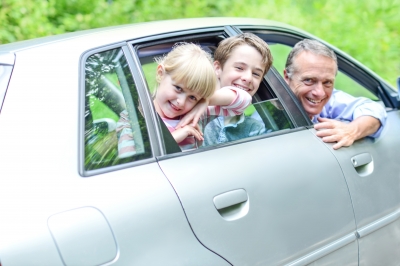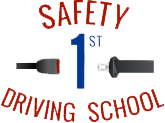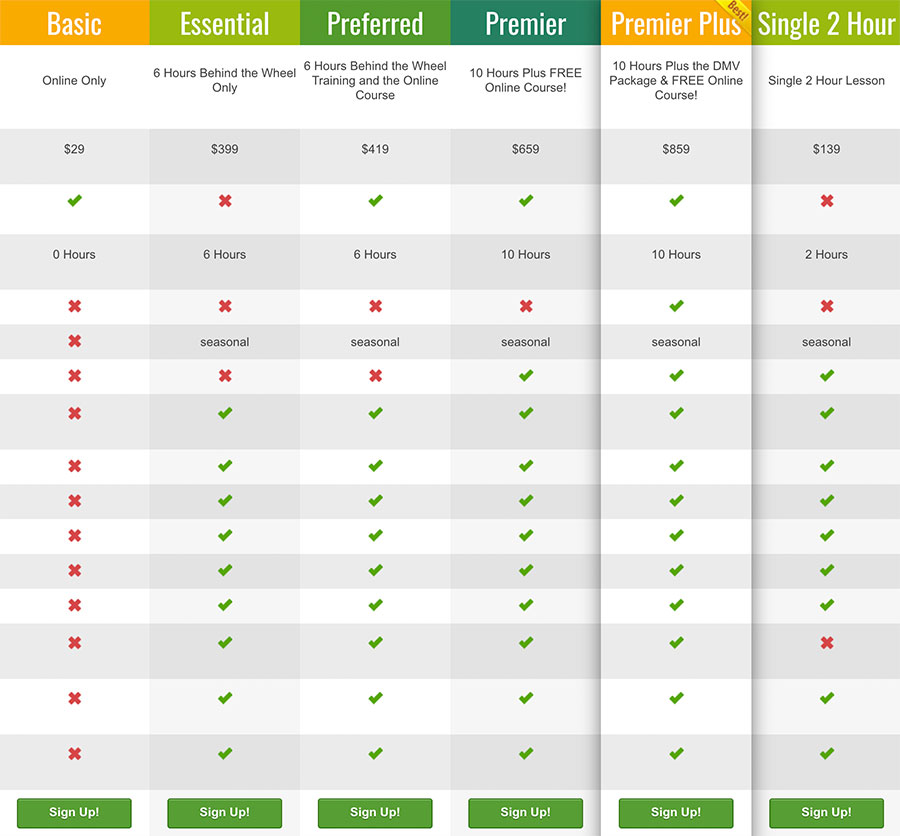September 14-20 is National Child Passenger Safety Week!

We are happy to join the California Office of Traffic Safety in promoting Child Passenger Safety Week and urging parents (and all adults who transport children!) to take the extra time and care needed to ensure their children are safely buckled in age-appropriate car seats and restraints every time they ride in a vehicle.
According to the National Highway Traffic Safety Administration (NHTSA), an estimated 284 children under the age of 5 were saved by child restraints in 2012. An additional 58 could have survived if car seats had been used 100% of the time.
Car accidents are a leading cause of death for children in America. And with the proper education, good defensive driving techniques, and no distractions behind the wheel, they ARE preventable!
Remember: Children are always the innocent victims of car accidents. Adults are the ones responsible for our children’s safety. It is unfair and unwise to put an adult responsibility onto a child. Let’s take this duty of care very seriously!
So, in recognition of National Child Passenger Safety Week, here are some tips for keeping children safe in the car:
Car Seat Safety
- Read the manufacturer’s instruction booklet to ensure proper placement, installation and usage (including adjusting the harness for proper fit).
- If you are considering buying a secondhand car seat, be sure it comes with the manufacturer’s instructions and check labels for the manufacture date and model number. Look those up to be sure the seat isn’t too old or hasn’t been recalled.
California Car Seat Laws
Effective January 1, 2012:
- Children under age 8 must be secured in a car seat or booster seat in the back seat of the car.
- Children under age 8 who are 4’9″ or taller may be secured by a seatbelt in the back seat.
- Children 8 and over need to be properly secured in the appropriate child passenger restraint system or seatbelt.
(source: California Highway Patrol)
CDC Recommendations for Child Passengers
- Children 12 and under should ride in the backseat. Airbags can be deadly to small children – so if they must ride in the front seat, disable the passenger side airbags if you can.
- Never place a rear-facing car seat in front of an airbag.
- The middle of the back seat is the safest place for a child to be.
- Always buckle your children in, no matter how short the trip. And set a good example by always buckling yourself in, no matter how short the trip.
(source: Centers for Disease Control and Prevention)
Please pass along this information to anyone you know who has children, and encourage parents and grandparents to protect the children they transport.
If you see a child in a vehicle who is not properly restrained or buckled in, please report it to CHP at 1-800-TELLCHP.


